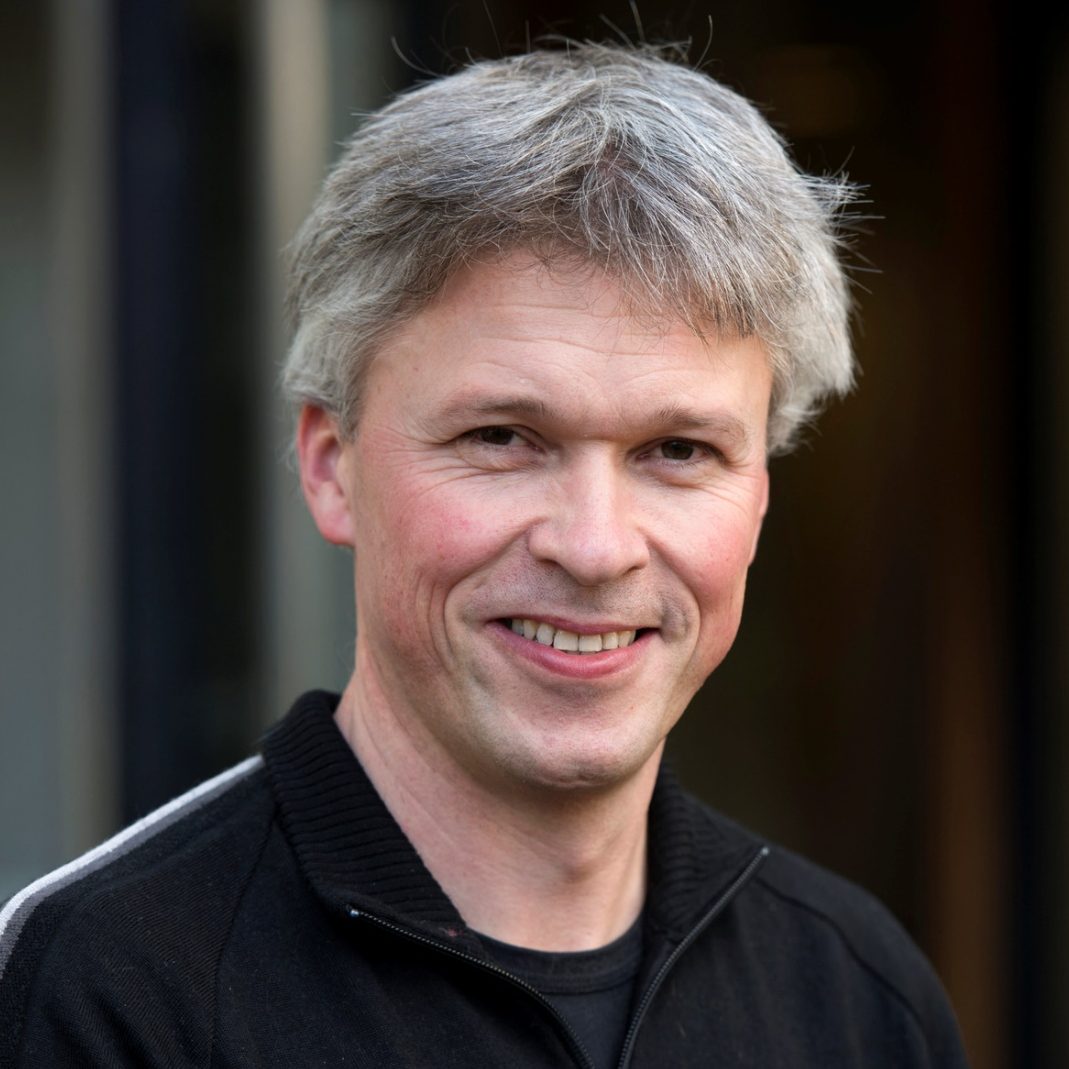We looked under the earth, at rocks, dinosaurs, high mountains, deep plate tectonics, and oceans but we never looked at the people on the earth. There are almost 8 billion of us right now and 68 million of them in France but there was a moment the first hominid, or early humans, entered what we know call France. So, after over forty geology-focused blogs we focus on the paleoanthropology today. In other words: who were the first humans in France.
It all starts in Africa
We start in Africa. After millions of years of evolution, all sorts of early human ancestors walked on the African savannahs and woods. One of them is called Homo erectus, the first large hominid to walk upright on two feet, just the way we do. You can tell from their spinal column and the position of the legs that they did. The knees and the hips have changed. There are even some footprints preserved. Homo erectus is the first hominid to wander out of Africa about two millions ago.
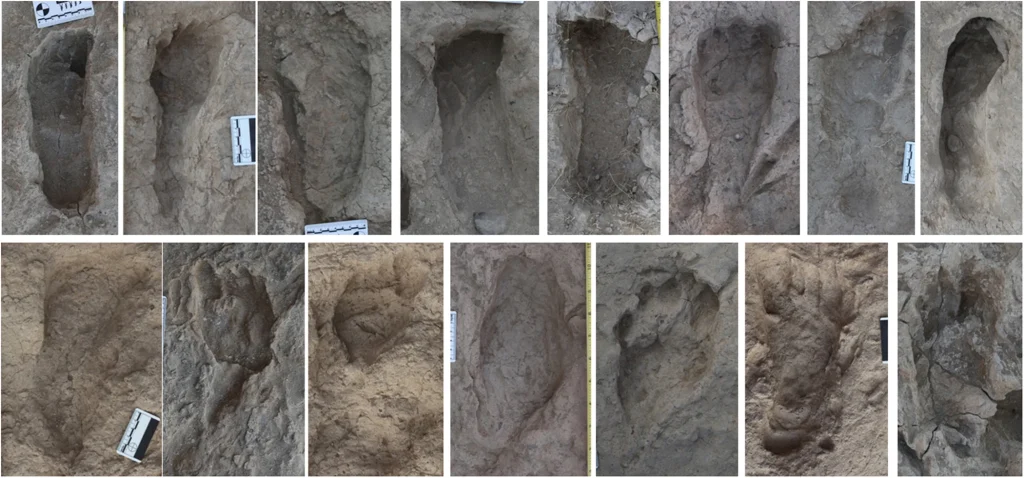
The first humans followed coasts and river valleys to move out of Africa into Asia and Europe. How they arrived in the south of France is still unknown but we find the first traces around 1,57 million years ago. It’s likely that the early hominids travelled along the Mediterranean coast in Asia Minor and then to Europe. The Straight of Gibraltar was probably a too hazardous crossing so it’s more likely they walked. We find traces in Greece, Italy, France and Spain. That is between one and two million years ago.
A dangerous life
We know from fossils that in those days the early humans faced formidable challenges. The boys and girls might have watched elephants and rhinos or groups of macaques, stayed hidden for large wolves and leopards. Or they chased down horses and deer and had a good steak in the evening together. Sadly, we don’t find many traces of the first people, so we know little about their daily lives.
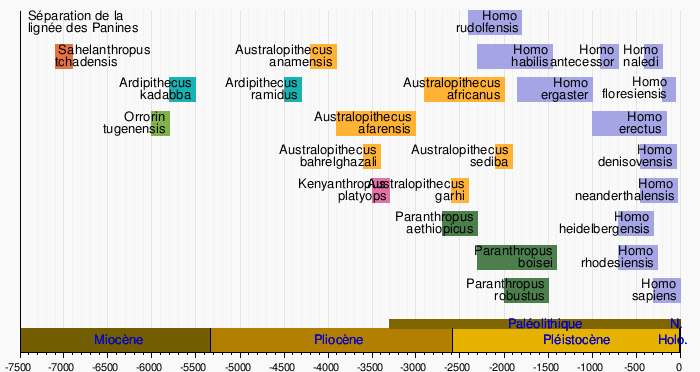
The earliest humans in Europe evolved in the period of the ice ages. Every hundred thousand years saw a quick change from extreme cold to a warm period and gradually it would become colder and colder until the next change. As geology shows us, the last cold period in Europe ended around 10,000 years ago. There wasn’t any land ice in France, but we know from Paris-Roubaix it was a polar desert. Neanderthals evolved in the ice ages and scientists think that they might have been heavier and more muscular to withstand the cold. They lived as northern as England and Denmark.
First humans in France
We know more about Neanderthals in France from around 200,000 years ago. They moved around through the landscape and hunted large animals and gathered plants, fruits and roots, but they hadn’t settled yet. In the region of today’s stage, the Lot, we found their stone tools that they used to butcher animals such as bison, aurochs and reindeer, and scrape the hides clean to wear.

These Neandertal campsites could often be found at rivers where there was a continuous fresh supply of water, and where animals came to drink. Along rivers like the Lot they also found shelter in the many caves. However, they didn’t live in caves. The traces in caves are just better preserved than along the rivers or in the valleys. That’s how they ended up in popular history as cave dwellers but that old myth of Flintstone like cavemen ends here. It’s more likely they moved around with tents made of animal hides. They probably told their own myths and stories around a fire at night.
Homo sapiens
Homo sapiens, that is us, enters the stage around 40-50,000 years ago and they mixed with the Neanderthal population. It’s not a myth that many of us now still have some 2-4 % Neanderthal DNA. Some of the characteristics Neanderthals had come in useful like withstanding colder weather, digesting certain foods, and dealing with less sunlight in the north. There is a lot of research into Neanderthal genetics these days. By the way, our evolution also still continues. And much faster than plate tectonics.
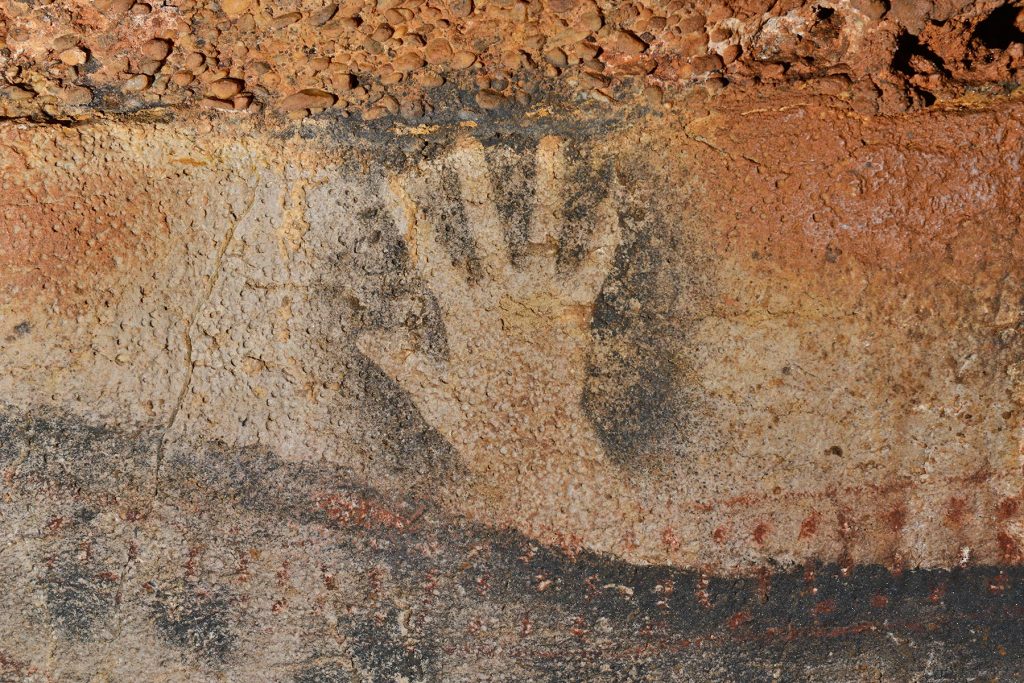
Homo sapiens also lived from hunting animals and gathering wild plants, but they also domesticated wolves into dogs for hunting and carrying stuff. These early humans also left us images in caves such as Lascaux, mainly paintings of their favourite animals. The riders today could make a small detour to visit Pech Merle, a large painted cave near the Lot valley, or have a look at a picture of a giant deer in Cougnac, a bit more to the north.
Settle down
After moving around Homo sapiens settled down with the arrival of agriculture around 5,000BC. It’s from that moment we find more traces in France. Animals were kept for meat, milk and wool. They grew cereals for bread and porridge and all sorts of vegetables.
A village alongside our race course today would have looked like this. A few houses together with a fence or wall around it to protect it. There were places to keep the animals and fields to grow food. In the south of France, the houses would be round and grouped together. Wild animals and other people would be a big threat for which a gated community would offer some protection. However, this biggest threats were hunger and mostly the humble bacteria causing life threatening illnesses like TBC. Try building a wall against that.
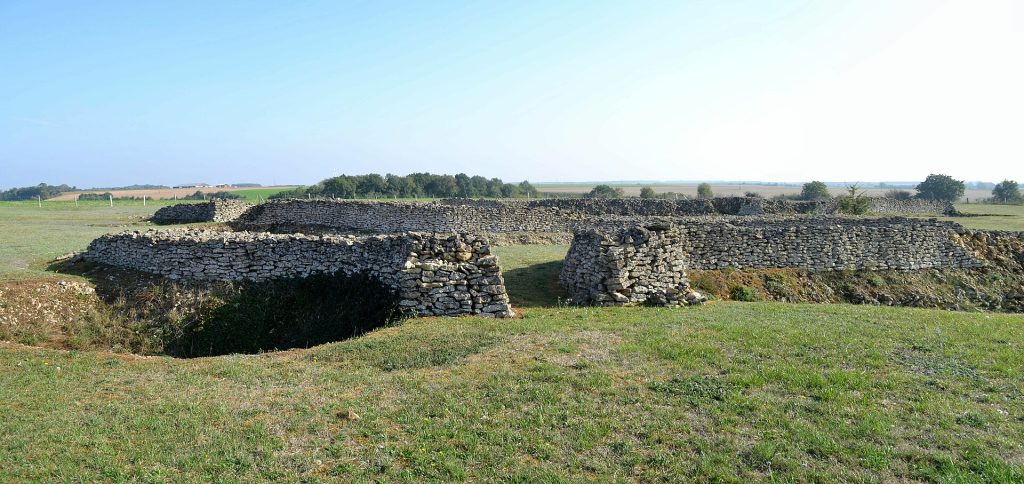
Finally, the wheel arrived around 3,000BC. The people living in France back then would have been physically capable to ride a bike. They were endurance athletes after all. They walked upright so would have the balance to ride on two wheels but they didn’t have time for these frivolities in the summer. Probably everyone had to help with harvesting and herding cattle, sheep and goats. Keeping yourself alive was hard enough.
It would take until 1903 that men would voluntarily make life harder for themselves by riding a Tour de France. The early inhabitants of France would have frowned those brows for sure.
NB: Blogs in other languages than English are all auto-translated. Our writers are not responsible for any language and spelling mistakes.



